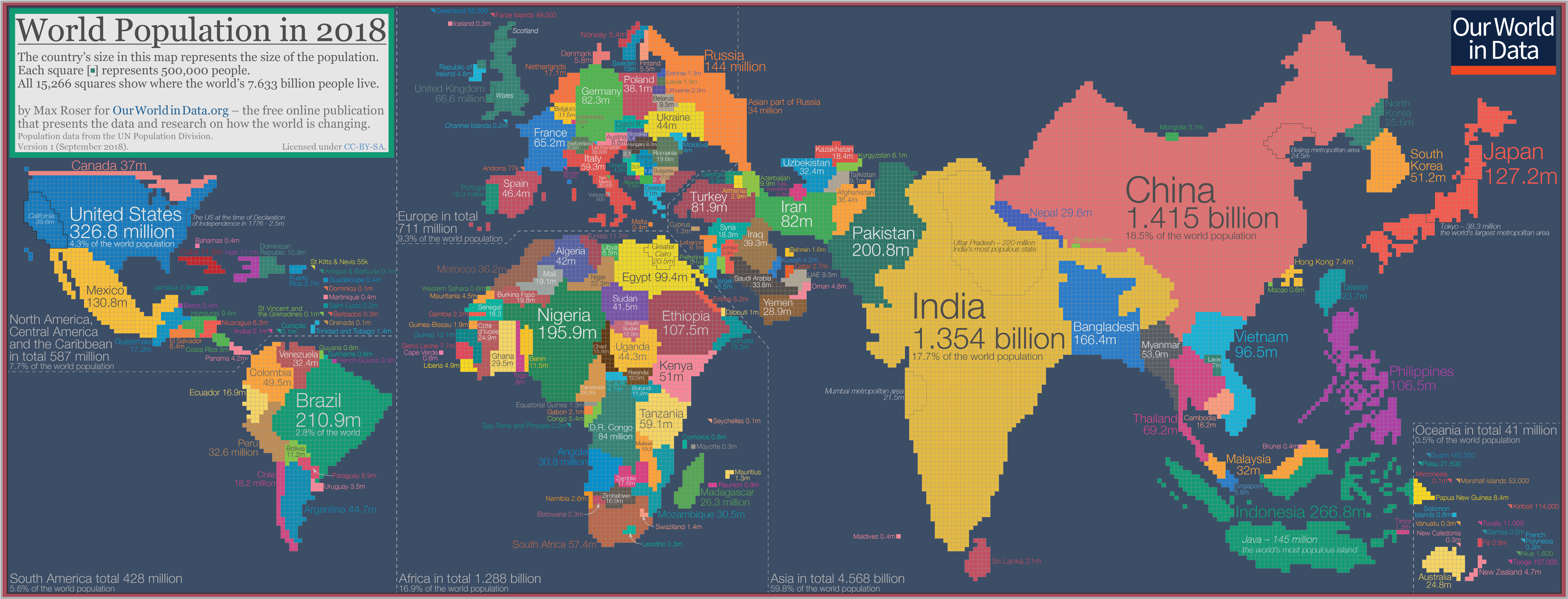Read the original article on the website ANCIENT HISTORY LISTS
In the course of human evolution, the practice of living in a group with mutual understanding and dependency has become a very useful and practical lifestyle, and from small isolated groups, larger communities have formed. Then came societies which in time became civilizations. How human mentality and psychology led to this development is still a popular topic among historians and anthropologists, and a major discussion for another day. For now, let’s talk about some of the oldest civilizations to have ever existed in the world. We are talking about the civilizations that we know existed for real, unlike the ones that are shrouded in myth such as Atlantis, Lemuria, and Rama to name a few. To correctly list the oldest civilizations in chronological order, it is necessary to go back to the very cradle of civilization. Here is a list of the top 10 oldest civilizations to have ever existed, starting with the most recent first:
10. The Incan Civilization
Civilization Name: Incan civilization
Period: 1438 AD–1532 AD
Original Location: Present-day Peru
Current Location: Ecuador, Peru, and Chile
Major Highlights: Largest empire in South America in the pre-Columbian era
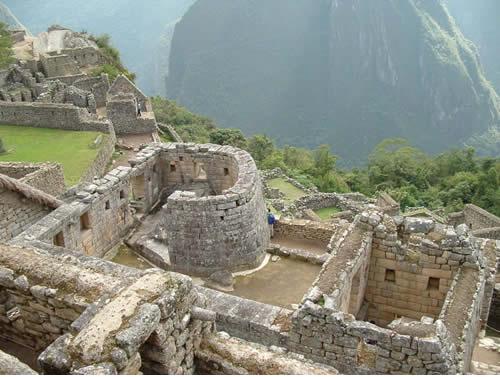
The Incan Empire was the largest empire in South America in the pre-Columbian era. This civilization flourished in the areas of present-day Ecuador, Peru, and Chile and had its administrative, military, and political center at Cusco which lies in modern-day Peru.
The Incan civilization was a well-established and flourishing society. The Incas were devout followers of the sun god Inti, and their king was referred to as “Sapa Inca” meaning the child of the sun. The first Incan emperor, Pachacuti, transformed the capital from a modest village into a great city laid out in the shape of a puma. He continued to expand the tradition of ancestor worship. When the king died, his son would get all the power, but his wealth would be distributed among his other relatives, who in return would preserve his mummy and maintain his political influence. This led to a significant rise in the power of the Incas who went on to become great builders, constructing fortresses and sites like Machu Picchu and the city of Cusco that still stand to this day.
9. The Aztec Civilization
Civilization Name: Aztec civilization
Period: 1345 AD–1521 AD
Original Location: Southcentral region of pre-Columbian Mexico
Current Location: Mexico
Major Highlights: Nahuatl became the major language
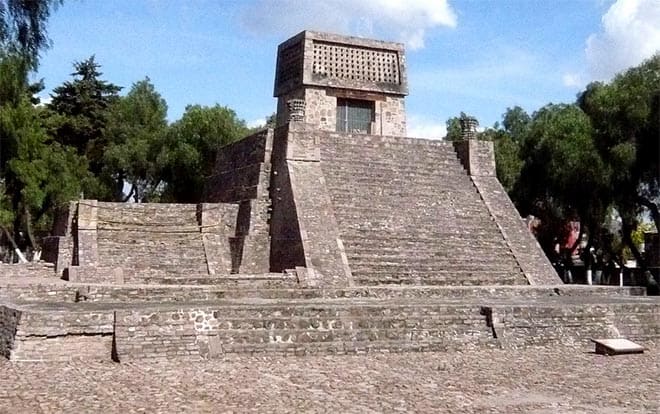
The Aztecs came on to the scene pretty much around the time when the Incas were emerging as powerful contenders in South America. Around the 1200s and early 1300s, the people in present-day Mexico lived in three big rival cities – Tenochtitlan, Texcoco, and Tlacopan. Around 1325, these rivals created an alliance and the new state came to dominate the Valley of Mexico. Back then, the people preferred the name Mexica to Aztecs. The rise of the Aztecs was within a century of the fall of another influential civilization in Mexico and Central America – the Mayan
The city of Tenochtitlan was the military power base and became a spearhead for the conquest of new territory, but the Aztec emperor didn’t rule every city or region directly. Local governments remained in place and were forced to pay varying amounts of tribute to the Triple Alliance. In the early 1500s, the Aztec civilization was indeed at the height of its power. But then, the Spanish arrived. This led to a huge battle between the Incas and the Spanish conquistadors and the native allies they had assembled led by the famous (or rather infamous) Hernan Cortes in 1521. A defeat in this decisive battle eventually led to the fall of the once-famous Aztec Empire.
8. The Roman Civilization
Civilization Name: Roman civilization
Period: 550 BC–465 AD
Original Location: Village of the Latini
Current Location: Rome
Major Highlights: Most powerful ancient civilization
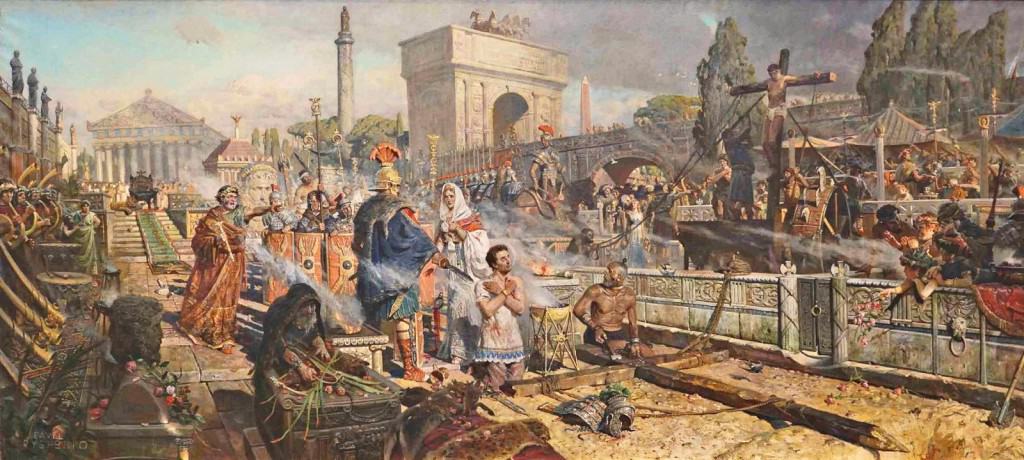
Roman civilization emerged around the sixth century BC. Even the story behind the foundation of ancient Rome is the stuff of legend and myth. At the height of its power, the Roman Empire ruled over a huge chunk of land, and all the present-day Mediterranean countries were part of ancient Rome.
Early Rome was governed by kings, but after only seven of them had ruled, the people took control over their own city and ruled themselves. They introduced a council known as the Senate which ruled over them. From this point, Rome was referred to as the Roman Republic.
Rome also saw the rise and fall of some of the greatest emperors in human history, like Julius Caesar, Trajan, and Augustus. But eventually, the empire became so vast that it was simply not possible to bring it under single rule. In the end, the Roman Empire was overrun by millions of barbarians from the north and east of Europe.
7. The Persian Civilization
Civilization Name: Persian civilization
Period: 550 BC–331 BC
Original Location: Egypt in the west to Turkey in the north, and through Mesopotamia to the Indus river in the east
Current Location: Modern-day Iran
Major Highlights: Royal road
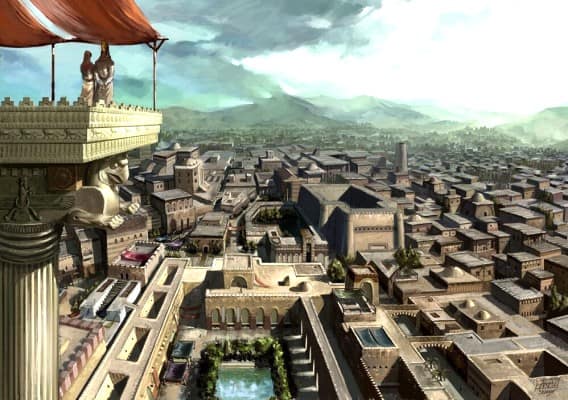
There was a time when the ancient Persian civilization was, in fact, the most powerful empire in the world. Though only in power for a little over 200 years, the Persians conquered lands that covered over two million square miles. From the southern parts of Egypt to parts of Greece and east to parts of India, the Persian Empire was known for its military strength and wise rulers.
Before they created such a vast empire in the space of just 200 years, before 550 BC, Persia (or Persis as it was called back then) was divided into factions among a number of leaders. But then King Cyrus II, who later on became known as Cyrus the Great, came into power and unified the entire Persian kingdom before going on to conquer ancient Babylon. In fact, his conquest was so rapid that by the end of 533 BC, he had already invaded India, far in the east. Even after Cyrus’ death, his descendants continued this ruthless expansion and even fought in the now legendary battle with the brave Spartans. At its prime, ancient Persia ruled over all of central Asia and Egypt. But this all changed when a legendary soldier of Macedon, Alexander the Great, brought the whole Persian Empire to its knees and effectively ended the civilization in 330 BC.
6. The Ancient Greek Civilization
Civilization Name: Greek civilization
Period: 2700 BC–479 BC
Original Location: Italy, Sicily, North Africa, and as far west as France
Current Location: Greece
Major Highlights: Concepts of democracy and the Senate, the Olympics
The ancient Greeks may not have been the oldest civilization, but they are doubtlessly one of the most influential. Even though the rise of ancient Greece came from the Cycladic and Minoan civilizations (2700 BC–1500 BC), there is evidence of burials in the Franchthi Cave in Argolid, Greece, dating back to around 7250 BC. The history of this civilization is spread over such a long period of time that historians have divided it into different periods, the most popular of them being the Archaic, Classical, and Hellenistic periods. These periods saw a number of ancient Greeks come into the limelight, many of whom changed the world forever and are still being talked about to this day.
Among other things, the Greeks invented the ancient Olympics, and formed the concept of democracy and the Senate. They laid the foundations for modern geometry, biology, and physics. Pythagoras, Archimedes, Socrates, Euclid, Plato, Aristotle, Alexander the Great… the history books are full of these names whose inventions, theories, beliefs, and heroics have had a significant impact on subsequent civilizations.
5. The Chinese Civilization
Civilization Name: Chinese civilization
Period: 1600 BC–1046 BC
Original Location: Yellow River and Yangtze region
Current Location: Country of China
Major Highlights: Invention of paper and silk
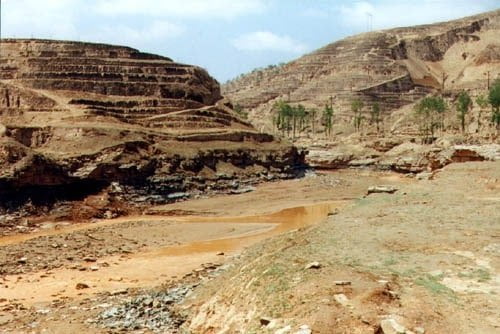
Ancient China – also known as Han China – comes in at number five and doubtlessly has one of the most diverse histories. In fact, if you consider all the dynasties from the very first to the very last that ever ruled in China, a significantly huge period of time needs to be covered.
The Yellow River civilization is said to be the beginning of the entire Chinese civilization as this is where the earliest dynasties were based. It was around 2700 BC that the legendary Yellow Emperor began his rule, which later led to the birth of many dynasties that went on to rule mainland China.
In 2070 BC, the Xia dynasty became the first to rule the whole of China as described in ancient historical chronicles. From then on, there were a number of dynasties that held control during different periods of time until the end of the Qing dynasty in 1912 AD with the Xinhai Revolution. This marked the end of more than four millennia of ancient Chinese civilization. By this time, however, the Chinese had given the world some of its most useful inventions and products such as gunpowder, paper, printing, the compass, alcohol, cannons, and many more.
4. The Mayan Civilization
Civilization Name: Mayan civilization
Period: 2600 BC–900 AD
Original Location: Around present-day Yucatan
Current Location: Yucatan, Quintana Roo, Campeche, Tabasco, and Chiapas in Mexico and south through Guatemala, Belize, El Salvador, and Honduras
Major Highlights: Complex understanding of astronomy
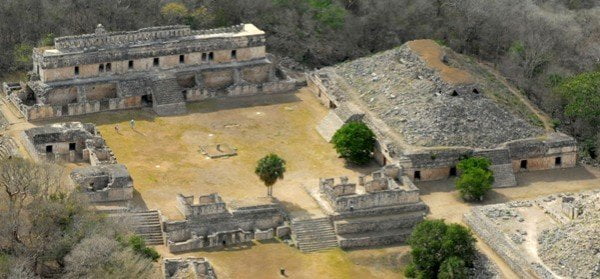
The ancient Mayan civilization flourished in Central America from about 2600 BC and has been much talked about because of the calendar it introduced. Once established, the Mayan civilization went on to prosper and become highly sophisticated with a booming population of about 19 million at its peak. By 700 BC, the Mayans had already devised their own system of writing which they used to create solar calendars carved in stone. According to them, the world was created on August 11, 3114 BC, which is the date from which their calendar begins. The supposed end date was December 21, 2012.
The ancient Mayans were culturally rich compared to many of their contemporary civilizations, and the Mayans and Aztecs both built pyramids, many of which are larger than those in Egypt. But the sudden decline and abrupt end of the Mayans has long been one of ancient history’s most intriguing mysteries: Why did the Mayans, a remarkably sophisticated civilization made up of more than 19 million people, suddenly collapse sometime during the eighth or ninth century? The Mayan people did not disappear completely however; their descendants still live in parts of Central America.
3. The Ancient Egyptian Civilization
Civilization Name: Egyptian civilization
Period: 3150 BC–30 BC
Original Location: Banks of the Nile
Current Location: Egypt
Major Highlights: Construction of pyramids
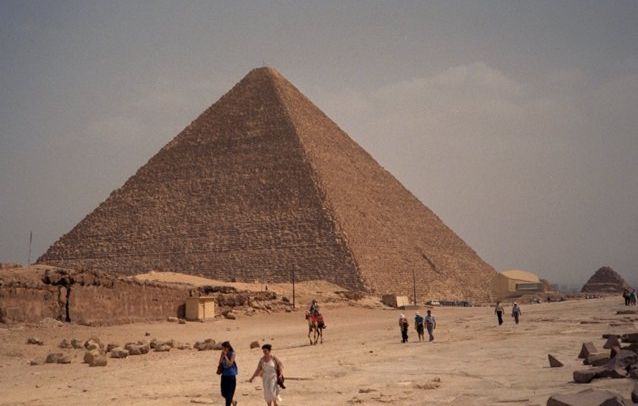
Ancient Egypt is one of the oldest and culturally rich civilizations on this list. The ancient Egyptian civilization, a majestic civilization from the banks of the Nile, is known for its prodigious culture, its pharaohs, the enduring pyramids, and the Sphinx.
The civilization coalesced around 3150 BC (according to conventional Egyptian chronology) with the political unification of Upper and Lower Egypt under the first pharaoh. But this would not have been possible had there not already been settlers around the Nile valley in early 3500 BC.
The history of ancient Egypt can be divided into a series of stable kingdoms separated by periods of relative instability known as intermediate periods: The Old Kingdom of the Early Bronze Age, the Middle Kingdom of the Middle Bronze Age and the New Kingdom of the Late Bronze Age.
Ancient Egypt gave us the pyramids, the mummies that preserve the ancient pharaohs to this day, hieroglyphics, and much more. Ancient Egypt reached its pinnacle during the New Kingdom, when pharaohs like Ramesses the Great ruled with such authority that another contemporary civilization, the Nubians, also came under Egyptian rule.
2. The Indus Valley Civilization
Civilization Name: Indus Valley civilization
Period: 3300 BC–1900 BC
Original Location: Around the basin of the Indus river
Current Location: Northeast Afghanistan to Pakistan and northwest India
Major Highlights: One of the most widespread civilizations, covering 1.25 million km
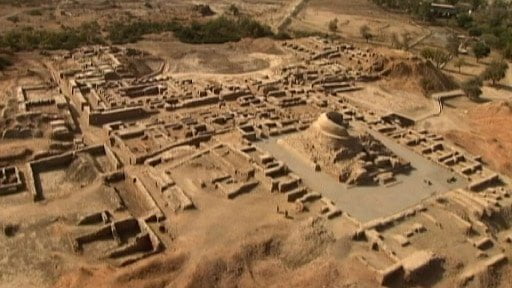
One of the oldest civilizations on this list, the Indus Valley civilization lies at the very heart of subsequent civilizations that arose in the region of the Indus Valley. This civilization flourished in areas extending from what is today northeast Afghanistan to Pakistan and northwest India. Along with Ancient Egypt and Mesopotamia, it was one of three early civilizations of the ancient world, and of the three, it was the most widespread, covering an area of 1.25 million kilometers.
Entire populations were settled in the Indus river basin, one of the major rivers in Asia, and another river named Ghaggar-Hakra which once used to flow through northeast India and eastern Pakistan.
Also known as the Harappan civilization and the Mohenjo-Daro civilization, named after the excavation sites where the remains of the civilization were found, the peak phase of this civilization is said to have lasted from 2600 BC to around 1900 BC. A sophisticated and technologically advanced urban culture is evident in the Indus Valley civilization making its capital the first urban center in the region.
The people of the Indus Valley civilization achieved great accuracy in measuring length, mass, and time, and based on artifacts found in excavations, it is evident that the culture was rich in arts and crafts as well.
1. The Mesopotamian Civilization
Civilization Name: Mesopotamian civilization
Period: 3500 BC–500 BC
Original Location: Northeast by the Zagros mountains, southeast by the Arabian plateau
Current Location: Iraq, Syria, and Turkey
Meaning: Land between rivers (ancient Greek)
Major Highlights: First civilization in the world
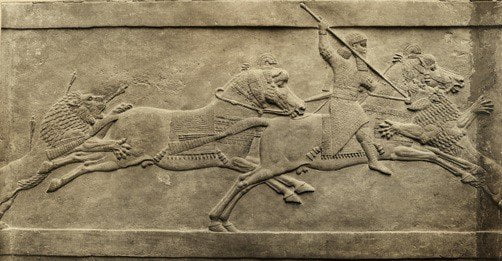
And here it is, the first civilization to have ever emerged. The origin of Mesopotamia dates back so far that there is no known evidence of any other civilized society before them. The timeline of ancient Mesopotamia is usually held to be from around 3300 BC to 750 BC. Mesopotamia is generally credited as being the first place where civilized society truly began to take shape. It was somewhere around 8000 BC that people developed the idea of agriculture and slowly started to domesticate animals for both food and to assist in farming.
People had already been creating art well before the Mesopotamians, but this was part of human culture, not human civilization. It was the Mesopotamian civilization that refined this, adding to and formalizing all these systems, and combining them to create the first civilization. They prospered in the regions of modern-day Iraq, then known as Babylonia, Sumer, and the Assyria Highlands.
Conclusion
Modern-day culture and civilization owes a lot to the earliest civilizations that emerged after millions of years of human evolution. Human civilization has come a long way from an age when there were no defined means of communication and hunting was the primary source of food. Gradually, agriculture took over from foraging, animals were domesticated, societies were created and developed, and eventually led to the societies that we live in today. Each individual civilization listed here contributed in many ways: new inventions, new ideas, new cultures, philosophies, lifestyles, etc. From the very cradle of civilization to the modern day, what we have become is a result of all civilizations that came before.



